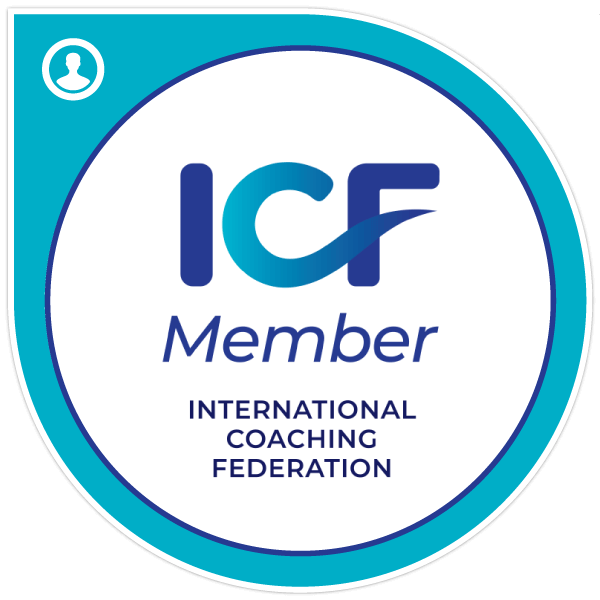
SIX STEPS TO DISCOVERING YOUR PURPOSE
Do you find yourself going through the motions, but unable to reach your goals?
If you want to make real, lasting changes in your personal or professional life, you have to start with some serious introspection. Often, discontentment is associated with a lack of alignment to one’s purpose.
Your purpose consists of the central motivating aims of your life — the reasons you get up in the morning. Purpose can guide life decisions, influence behavior, shape goals, offer a sense of direction, and create meaning. We say that people are born with a life purpose.
Some people never look for their purpose, and so, it remains unspoken their whole lives. But it is there. The life purpose is the reason we are on this planet. It is the thing we are meant to accomplish, the gift we are meant to bring.
Life purpose is not about a job or even a vocation. It is the round-the-clock, twenty-four-hour, every-day-of-your-life expression of who you are when you are reaching your full potential. When you are “on purpose,” you are fulfilled.
You are contributing and making a difference. When you are not on purpose, you feel discontented and unfulfilled.
Discovering one’s purpose can seem like a daunting task. However, it’s important because it helps to provide direction in life, and it’s associated with personal
fulfillment and life satisfaction. People who tap into “purpose” and live “on purpose” tend to be happier, more fulfilled and successful.
To start the journey of discovery, it’s important to be able to articulate a life purpose statement. Even if you don’t have a life purpose statement, the life
purpose is still there. Even if you can’t articulate a life purpose statement to your satisfaction, you can tell the difference between when you are on purpose and when you are not on purpose.

The life purpose statement is like a big neon sign that will help you find your way out of the swamp when you get stuck.
Because it is a personal statement for you, it can be as grand and sweeping or as transformational as you can handle. It is not open to the ridicule or judgment of others.
To start the exploration, follow this simple process:
Step 1 -Find a quiet place and spend some time thinking about your life. You must be willing to be reflective and step outside of your comfort zone. Think about your accomplishments and what you’d like to achieve in the future. Consider the activities and projects that energize you and those that drain you. What are your hobbies? What do you do for fun? What are you good at that has some benefit to others?
Step 2 – Use visualization to activate your creative mind.
Turn the clock back and look at a time in your life when you felt your full power—a time when your spine, arms, and fingertips were tingling with excitement, a time when you didn’t care what anyone thought of you. You were absolutely alive! (Pause)
Questions:
• Where were you?
• What were you doing?
• Who was around you?
• What was occurring in them at that time?
• What was your impact on them?
Step 3 – What are your key identifiers? How would you describe yourself as a person? Make a list of identifiers and then write them as “I am” statements.
Step 4 – What impact would you like to have on the people in your life? Think about your family, friends, colleagues, community, and the world? How would you like to be remembered when you are no longer around? What would you like people to say about your legacy?
Step 5 -Once the impact statement is found, the next step is to find a metaphor that captures the essential quality of the life purpose. For example, “I am the magician,” “I am the rock in the shoe,” I am the alarm clock.” There are many metaphors. Brainstorm until you find word images that resonate with you.

Combine Metaphor
Step 6 – Combine the metaphor with the impact statement. Here’s a template that you can use to get started.
I am the ________________________(metaphor)
so that people ________________________ (impact statement.
Keep in mind that the life purpose statements can be corny, grandiose, and flowery. All of that is okay. These are not for publication. They are for you to use so that you can fully feel the power of the life purpose in them.
Don’t be afraid to create a truly big life purpose statement. The life purpose statement is not something you will necessarily accomplish in your lifetime, but it should have tremendous, compelling power to motivate you to be in action in your life and to be on purpose.
These are just the beginning—a place to start to collect the raw material. There are lots of additional ways to envision your life purpose. You can draw pictures of their life purpose or find a piece of music to use as your theme song.
The key is to be creative and look for whatever inspiration you can find
to help you articulate your life purpose.
Best wishes for living a healthy, purposeful and fulfilling life.
In gratitude,
Sonia Shavers Jenkins



